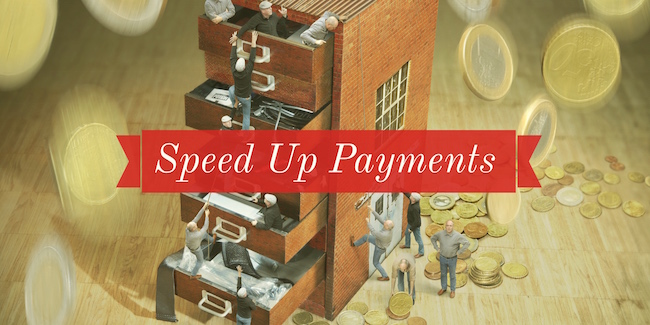Whether you are a startup or an established business, cash flow is critical. Getting your customers to pay bills for services rendered isn’t just about making a profit; customer revenue is what helps you make payroll, pay vendors, and keep the lights on. Failing to promptly collect payment can disrupt all of the aforementioned activities. It can also seriously limit your company’s flexibility – to hire new staff, expand production, or increase marketing activities. However, there are ways to speed up payments and keep your cash flow solid. Here are four great tips to keep your customers paying on time.
Table of Contents
ToggleExpand Payment Options
Businesses, especially small businesses where every dollar counts, often accept cash only; according to a recent survey, 50 percent of small businesses in the U.S. do not accept any other form of payment. Accepting credit cards, requiring your business to incur a merchant’s fee. Nonetheless, it’ll give your customers more flexibility to pay you, and should decrease the amount of time between billing and receipt of payment. Additionally, you can keep credit cards on file for consistent customers, and bill them each time an additional service is rendered. Depending on the type of business you do and the volume, you could also consider other forms of payment, such as PayPal or Apple Pay, to give your customers even more options.
Up-Front Billing
One of the most effective ways to manage payments and decrease payment time is to demand payment up front. Receiving payment prior to providing services ensures the money required for the inputs for the product or services. Doing so will strengthen your cash flows considerably. While some types of businesses may find setting up an arrangement like this with their customers challenging, many others have had considerable success with the payment up front method.
Use Electronic Invoicing
Another way to speed up customer payments is to use online and mobile invoicing. This will reduce the friction that has always been involved in traditional billing. Historically, and well into the present day, invoicing involved printing an invoice or bill, putting it into the mail system, waiting for its receipt by the customer, then waiting for the customer to mail payment back to your company. With electronic invoicing, like the services available at Due, you can immediately generate and instantaneously send an invoice to your customer, often on multiple electronic and mobile platforms, and empower customers to pay their bills with one more click. A system like this can save both you and the customer time and money.
Address Late Payments Promptly
No matter what systems you implement to facilitate timely payments, some customers are nonetheless going to fail to pay on time. In order to minimize the number of delinquent payments, you should consider establishing some type of reward and penalty system. For instance, if payment is received in full before a certain date, consider establishing a discount. Conversely, you can also consider some sort of fee for customers who pay late. It’s vital to have a system that enables you to maintain contact with customers and collect payment for services rendered. As a minimum, you should contact clients immediately after they fail to pay your company on time. You should also consider an automated system that sends automatic emails or texts as soon as a bill is overdue. These steps should help minimize late payments, and ensure a solid cash flow.















